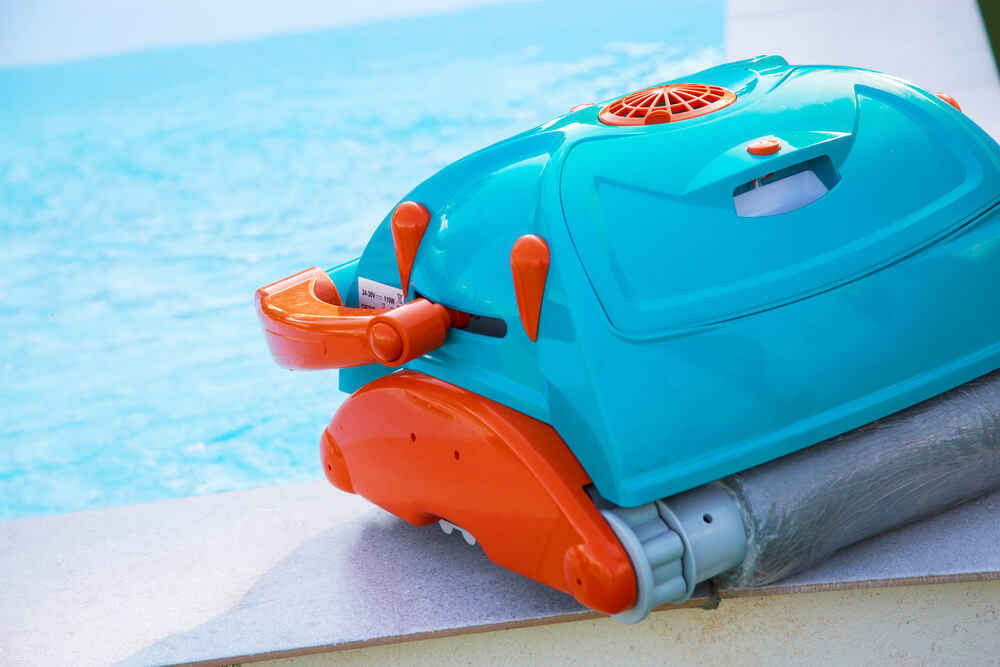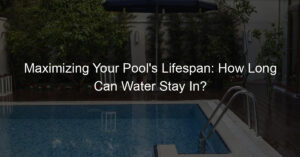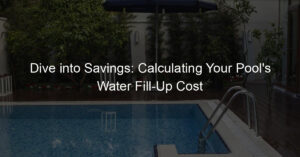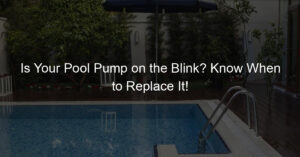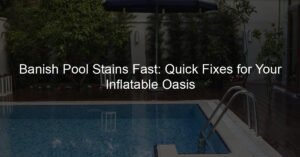A vacuum head is designed to help you clean your pool more efficiently. They are available as a detachable unit that attaches to the end of a telescopic pole or as part of an automated robotic cleaner.
Pool vacuum heads come in various designs and sizes and will also attach to other types of cleaning implements such as pressure washers, so it is important to choose one that suits your requirements and not simply opt for the cheapest option.
Vacuum heads vary significantly in both price and quality; cheaper models may not be well constructed or durable, but spending more money on a model does not necessarily mean that it will be any better at its designated task.
The main factors that contribute to performance (and therefore value) are design, power and mobility.
The design of a pool vacuum head is the first indicator of build quality. Units that use strong, durable plastics and stainless-steel hardware will last longer and perform better than those that use weaker materials like plastic wheels on metal axles for example, which will quickly wear and may jam with lugged pools (which contain small raised spots on the floor of the pool).
Vacuum heads designed to attach to telescopic poles are generally more stable than those that clip directly onto the skimmer lid but be aware that designs employing two wheels tend to be less steady than those with four because they rock back and forth as you push them along the floor of the pool.
How do you hook up a pool vacuum?
The pool vacuum head must be attached to the opposite end of the telescopic pole and connected to your skimmer.
This may seem like a no-brainer, but ensure that you follow any specific instructions regarding positioning and orientation to ensure that the vacuum head operates efficiently.
Power is crucial in deciding how well a unit can pick up debris from both hard and soft surfaces. A larger engine will not only produce more suction power but will also handle large leaves and twigs much better than smaller engines because it does not become easily clogged. Look for models with at least ½ HP (horsepower) or even slightly higher if possible; anything less than this means that you may often have when cleaning larger debris such as leaves and twigs.
How big is a pump and filter for pool?
Mobility is essential in getting the most out of your vacuum head. Good quality units provide more power and efficiency than cheaper alternatives, but they also tend to be heavier and less agile.
Four-wheel vacuums with rubber tyres offer good stability but will sometimes struggle on rougher surfaces such as concrete or gravel, especially when there are several inches of water in them; they can also be difficult to push over shallow ledges where the unit’s body sits above the tyre rather than inside it.
Two-wheel designs tend to rock from side to side when pushed so they require slightly more effort to operate smoothly across the pool floor.
Four-wheel designs with rubber tyres may be better suited to smooth surfaces or those that are relatively dry; four-wheel models with plastic wheels and large inflatable tyres perform best on rougher floors like concrete.
How much does it cost to maintain an inground saltwater pool?
Remember that the wetter the surface, the more power your vacuum head will need to function efficiently. If you have a wet/dry filter system, ensure that your pump is powerful enough for both tasks before choosing one suitable for vacuuming only as you will need lots of power if you try using it in conjunction with a pressure washer.
What setting should my pool filter be on to vacuum?
Different models have different settings so you will need to read the manual or ask your dealer for more information on how to use it.
Some of the most popular brands are Dolphin, Hayward and Zodiac although there are countless other reputable manufacturers which can be found on our main site.
What does a pool vacuum head do?
A pool vacuum head is designed to quickly remove small particles that fall into your pool from the water surface. It is generally attached at one end to a telescopic pole, with the opposite end connected directly to your skimmer.
This allows you to reach every part of the pool floor without having to go underneath, keeping both hands free for cleaning as well as reducing strain on the user’s back.
During the manufacturer’s set-up process, you will need to attach it directly to your skimmer using either a ‘straight’ or ‘elbow’ adaptor depending on the design of your vacuum head. Once this is done, select the appropriate setting for your pool type and start vacuuming.

